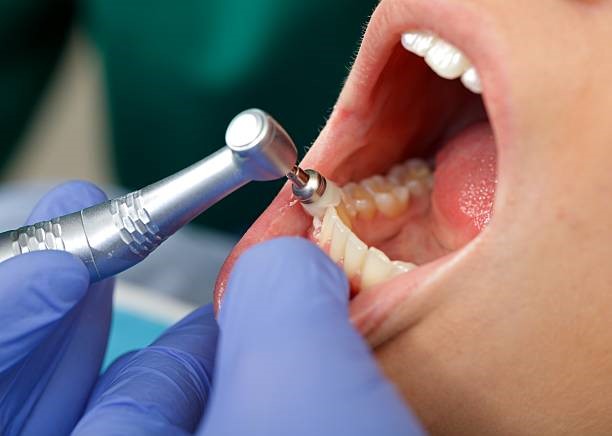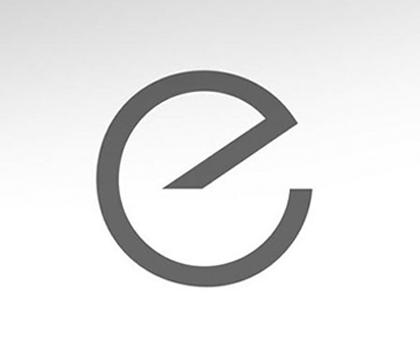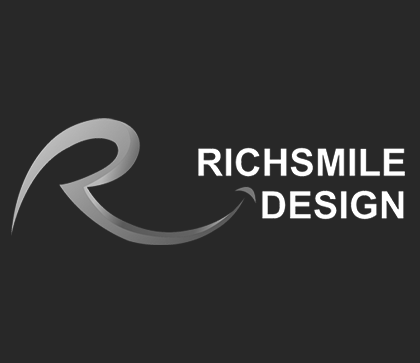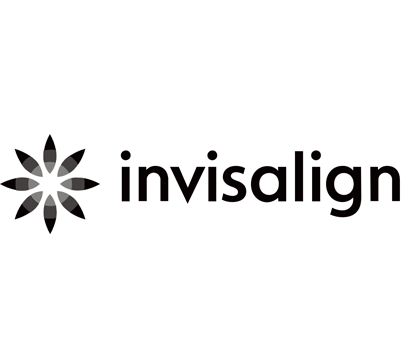
Understanding the Different Types of Plaque and How to Remove Them
September 7, 2024
Maintaining good oral health is essential for overall well-being, and a key component of this is managing dental plaque.
Plaque is a sticky film of bacteria that forms on your teeth and gums, and if not properly managed, it can lead to various dental problems.
Let’s delve into the different types of plaque and explore how they can be effectively removed, ensuring a healthy smile.
What is Plaque?
Plaque is a biofilm that adheres to the surfaces of your teeth. It forms when bacteria in your mouth mix with sugary or starchy foods.
There are two main types of plaque that you need to be aware of supragingival plaque and subgingival plaque.
Supragingival Plaque
Supragingival plaque is the type of plaque that forms above the gum line. It is the most common type and is easily visible as a white or yellowish deposit on the teeth. If not removed, it can lead to tooth decay and gingivitis.
Subgingival Plaque
Subgingival plaque, on the other hand, forms below the gum line. This type of plaque is more harmful as it can cause periodontal disease, leading to severe gum damage and tooth loss. It is not as easily visible as supragingival plaque and often requires professional dental intervention for removal.
Removing Plaque: Best Practices
Regular dental care and professional cleanings are essential for keeping plaque at bay.
Here are some effective methods for removing both types of plaque:
Daily Oral Hygiene
1. Brushing
Use a fluoride toothpaste and brush your teeth at least twice a day. Pay special attention to all surfaces of your teeth and the gum line.
2. Flossing
Floss daily to remove plaque and food particles from between your teeth and under the gum line, where your toothbrush might not reach.
3. Mouthwash
An antimicrobial mouthwash can help reduce bacteria in your mouth, decreasing the formation of plaque.
Professional Dental Cleanings
While daily oral hygiene is crucial, regular visits to a dentist near you for professional cleanings are equally important. Smile Circle can help you locate the best dentist near you by simply searching for “dentist near me” or “dental practice near me”.
A general dentist or an NHS dentist can provide a thorough cleaning that removes both supragingival and subgingival plaque.
1. Scaling and Root Planing
This is a deep-cleaning procedure performed by a dentist to remove plaque and tartar from below the gum line. It is particularly effective for managing subgingival plaque.
2. Polishing
After scaling, your dentist will polish your teeth to remove surface stains and make it more difficult for plaque to adhere.
Specialised Care for Plaque Removal
For more stubborn plaque and tartar, especially if it has caused significant dental issues, you might need the expertise of a cosmetic dentist. They can offer treatments such as:
1. Ultrasonic Cleaning
This uses high-frequency vibrations to break up plaque and tartar, making it easier to remove.
2. Laser Dentistry
Some dental practices near you might offer laser treatments to target and remove plaque and bacteria effectively.
Finding the Right Dental Professional
Whether you need a general dentist for routine care or a cosmetic dentist for specialised treatments, finding a trustworthy dental practice near you is crucial. Smile Circle can help you locate a reliable NHS dentist or private dental professional who meets your specific needs.
For more information on finding a dentist near you, visit smilecircle.com. Smile Circle has a network of private and NHS dentists who specialise in cosmetic and general dentistry, ensuring you get the best care possible.

Let Smile Circle help you find a dental professional near you to help you with your dental needs. By understanding the different types of plaque and how to remove them, you can take proactive steps towards maintaining a healthy, beautiful smile.
Regular dental visits and diligent oral hygiene practices are your best defence against plaque and its associated problems.

 Head Office - UK - Unit 1 B 132 Weyhill Road, Andover, Hampshire England, SP10 2PR.
Head Office - UK - Unit 1 B 132 Weyhill Road, Andover, Hampshire England, SP10 2PR. 








